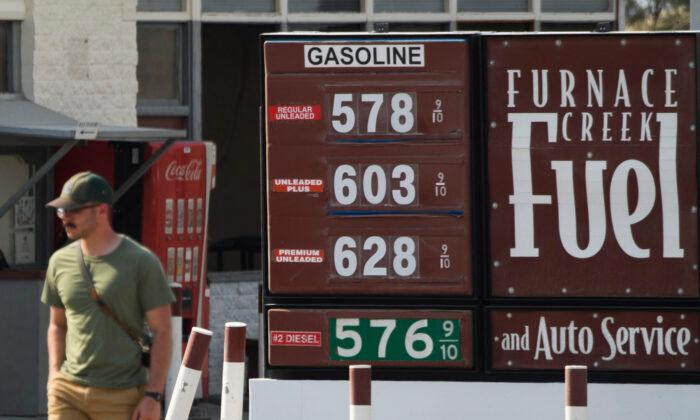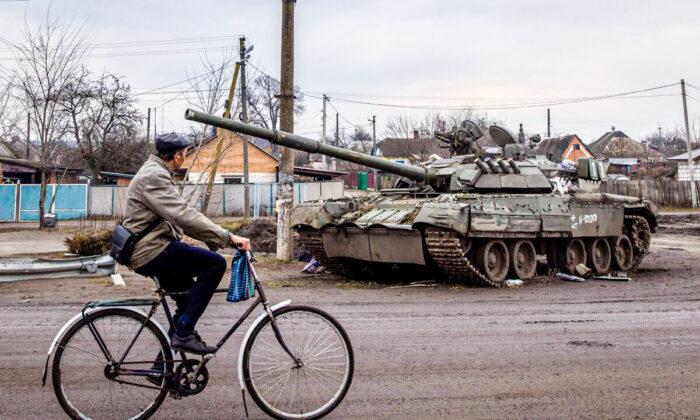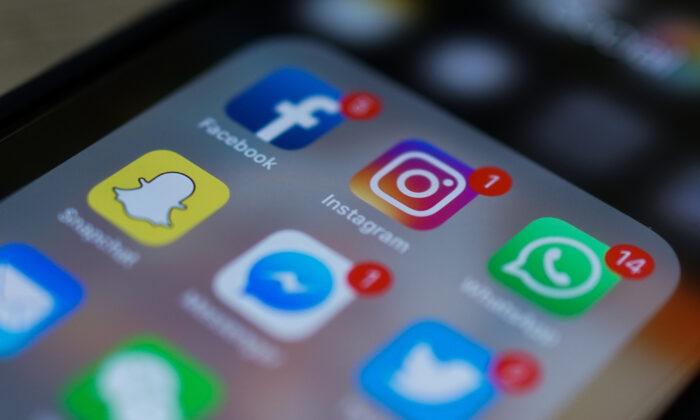If you’ve ever had a conversation that addresses how going to the theater, ordering dinner, or carrying out another regular activity used to be less expensive, you’ve discussed the concept of inflation. Over time, prices tend to shift upward, though the pace of their upward trajectory is not always consistent. On occasion, economic circumstances can also cause a reversal in prices, and you may watch costs drop quickly.
Creeping Inflation
When inflation rates hover around 3 percent or under, they are often referred to as “creeping inflation.” This type of inflation is usually considered to be mild. While consumers expect prices to rise, they are not afraid of the slow change and they continue to spend. In fact, they may purchase items early to avoid paying more later. By and large, “American families should be able to manage inflation rates of 3 percent or less without significant reductions in their living standards,” Dr. Krieg Tidemann, an assistant professor of economics at Niagara University, told The Epoch Times. In best-case scenarios, worker wages grow faster than the increase in prices of goods and services, which benefits employees and their households.Walking Inflation
If prices increase between 3 percent and 10 percent year after year, it is often said an economy is experiencing “walking inflation.” This can be disruptive, as families may be worried about the rise in their grocery store bills and other costs of living. They might try to buy more items soon so they don’t have to pay steep prices later. The trend may cause supplies to become scarce and further drive prices up. In addition, employers may not be able to raise salaries for their employees at a rate that keeps up with inflation. For instance, if you earn $50,000 a year, and inflation is 10 percent, you need to receive $55,000 to cover the increase in prices. If you don’t receive a raise, you may have to reduce your spending or find a way to earn additional income to make ends meet.Galloping Inflation
Inflation levels that reach 10 percent or more are considered to be on the run; thus, the term “galloping inflation” conveys the sense of swift-moving changes. With such high inflation, money plunges in value and more risks get put on the table. In this scenario, consumers often find it difficult to maintain their lifestyles on their current paycheck. This is because businesses may not be able to raise wages fast enough to keep pace with the double-digit inflation rates. “10 percent inflation would be a major concern for our economy,” Julio Gonzalez, CEO and founder of Engineered Tax Services, told The Epoch Times. “It would cause the debt to grow astronomically due to the additional printing of money, and as a result, the dollar will be devalued.”Hyperinflation
If prices move up more than 50 percent a month, it is usually said that hyperinflation is taking place. These extreme rates are often signs of an economy swirling out of control. For instance, in 2007 and 2008, Zimbabwe went through a financial crisis and recorded an inflation rate of 79,600,000,000 percent in November 2008. This reflected a daily inflation rate of 98 percent; prices in the country nearly doubled every day. The situation was so extreme that business transactions with money nearly stopped completely. Instead, the people of Zimbabwe shifted to a barter economy, trading goods and services with each other. This way, they could work to meet their basic needs without having to produce a staggering amount of money during the process.While knowing about creeping inflation, walking inflation, galloping inflation, and hyperinflation can be helpful to evaluate today’s circumstances, it’s not easy to say what lies ahead. “The current Federal Reserve projection of 3.14 percent inflation in 2021 is thankfully in line with levels of manageable inflation,” Tidemann says. Going above that rate, however, could spell trouble in the months and years to come. “If inflation gets much higher than the level we are at now, we should expect the Fed to raise interest rates to slow spending,” Gonzalez says.





